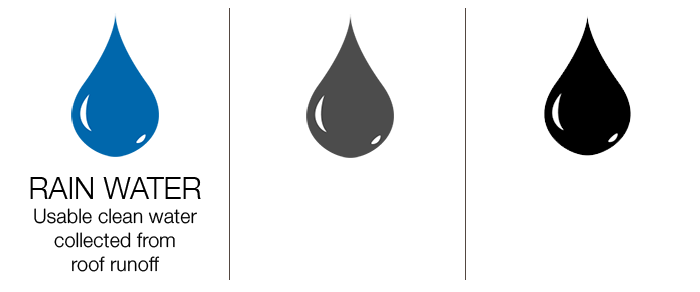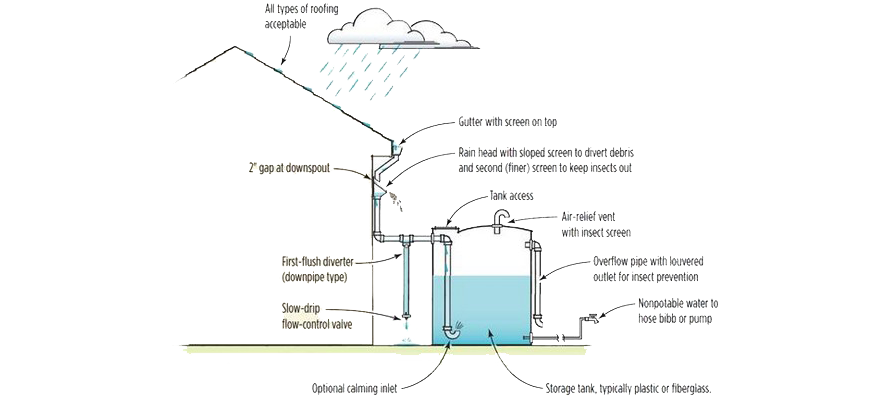Water Talk Part I
One of our most important resources on this planet is water, without it life would not be possible. What many fail to acknowledge is how many people on this planet are deprived of access to clean drinking water; you may be amazed at just how many cities around the world it would be unsafe for you to drink the water from the tap! For this reason, and many others, we should all consider ways in which we can make better use of this precious commodity.
Most Australians are lucky enough to have high quality drinking water running from the taps in our homes, however, drinking and food preparation makes up only a small proportion of our water usage which means that for the most part we are quite literally flushing our drinking water down the toilet!
Installing a rain water harvesting system in your home will provide you with an alternative source of water for flushing toilets, watering your garden, washing clothes, bathing or even drinking (there is a common perception that rain water is unsafe to drink, however reports of illness associated with rainwater tanks are relatively infrequent.[1])
How you plan to use your harvested rain water will determine the setup of your system. Collection and storage of rainwater involves relatively simple systems. A reasonably low level of management can ensure provision of good quality water. However, there are many things that should be considered prior to the installation of a rain water harvesting system, for example, if your house was built pre-1970, have you checked that the roof has not been painted with a lead-based paint? If it has, you are at risk of your water becoming subject to lead contamination. Other less critical issues may include the selected material for the tank which may affect the taste of the water, whilst not presenting any health risks.
The next key issue in the design of a rain water harvesting system is the capacity. The size of the tank, the area of catchment, annual rainfall and rainfall patterns will all influence the volume of water available to be utilised. Most systems will also be fitted with a top up, so that if, for example, there is a dry spell you will still be able to flush your toilets. Similarly, all tanks will also be fitted with an overflow in case there is a larger rainfall than what the system is able to collect.
A typical rain water harvesting setup (image courtesy of http://pixshark.com/)
The use of rainwater tanks as an alternative source of water has the potential to reduce pressure on the limited surface and groundwater resources used to supply mains water to urban and rural communities. Reduced pressure on the mains supply provided by rainwater tanks could alleviate the need for additional dams in growth areas and the costs associated with producing water for all uses to drinking water standard. In addition to these social benefits, a well-designed system can offer direct economic benefit.
To find out more about rain water systems you can download <this comprehensive guidebook from enHealth> or speak to an architect. Stay tuned for Part II...
REFERENCES:
[1] Guidance on use of rainwater tanks, enHealth. http://www.health.gov.au/internet/main/publishing.nsf/Content/0D71DB86E9DA7CF1CA257BF0001CBF2F/$File/enhealth-raintank.pdf



